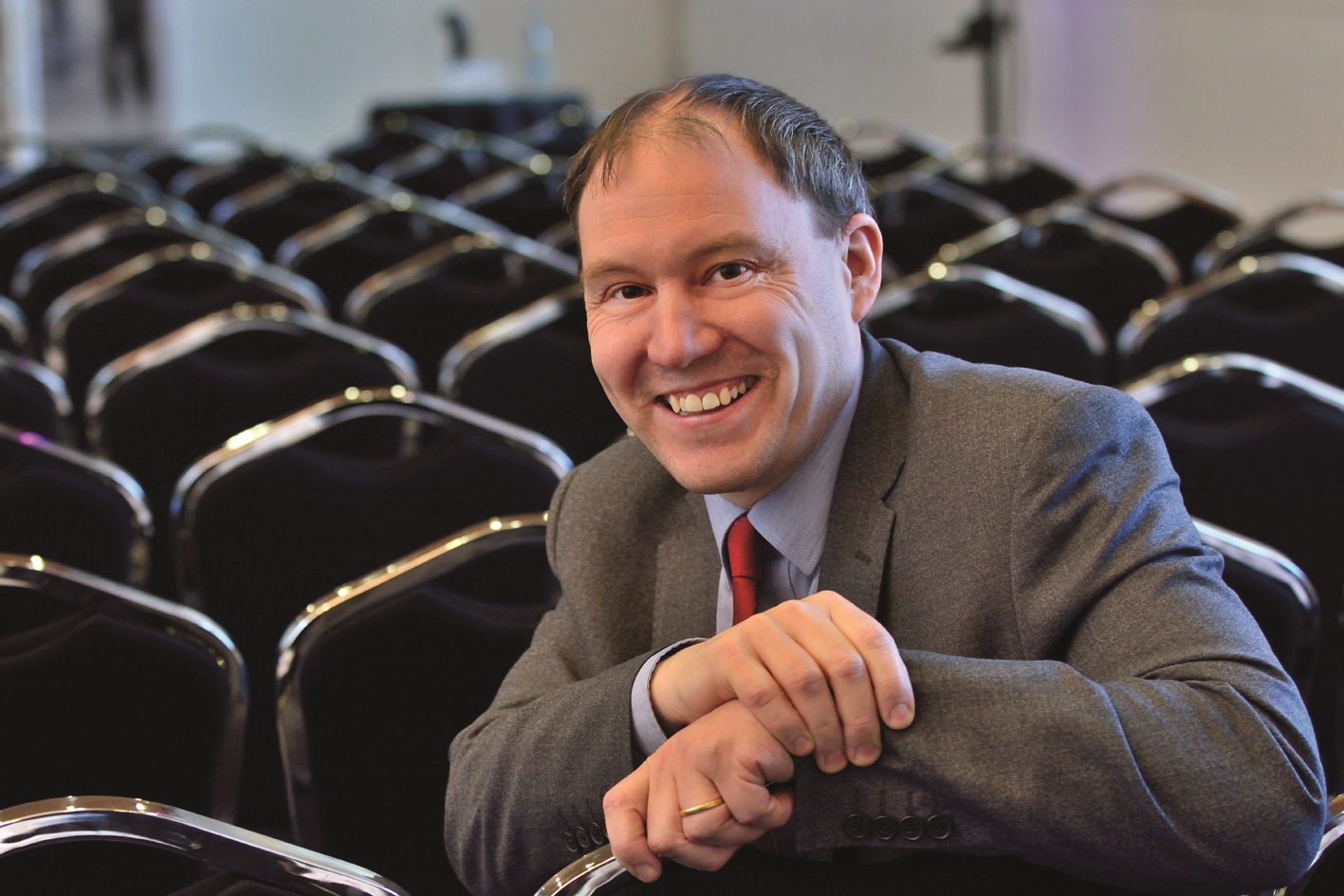Property tax struggles to meet reduced forecast

David Melhuish
Scottish Property Federation (SPF) analysis of recent data from Revenue Scotland has shown that Land and Buildings Transaction Tax (LBTT) revenues narrowly met Scottish Government forecasts in 2018/19.
The SPF has warned, however, that repayments of tax already collected will cause revenue to ultimately fall below Government expectations.
The provisional totals give the Scottish Government a LBTT surplus of £1.4m (<1 per cent) over the tax’s forecast of £569m for 2018/19. However, repayments of the Additional Dwelling Supplement (ADS) are expected to push this total lower.
ADS, also known as the second home tax, is repaid to taxpayers under certain circumstances, such as, if the main residence is sold within 18 months of the effective date.
Since ADS came into effect in 2015, an average of 25 per cent of the revenue has been claimed in previous years, meaning repayments still to come from 2018/19 will almost certainly result in a shortfall for the Government.
Overall, the Government struggled to increase LBTT revenue in 2018/19 and had its revenue expectations slashed from £588 to £569m at the last Scottish Budget. Even with the revised forecast, both non-residential and residential LBTT failed to meet expectations.
A weaker than anticipated residential property market meant that residential LBTT outturn in 2018/19 was £5.3m (2 per cent) under the revised forecast of £267m. Before the revision to the forecast, residential LBTT was expected to generate £305m. Non-residential LBTT also fell short of its revised estimated £208m forecast by £11.2m.
David Melhuish, director of the SPF, said: “The key takeaway from the 2018/19 LBTT provisional revenue data is that total revenue barely met its forecast and, with ADS repayments, the figures will continue to fall throughout the year.
“Our analysis shows a property market that is struggling to gain momentum, which is reflected in the subdued revenue growth. One of the deterrents could be the suppression of the residential market by the current LBTT rates and thresholds, which see residential sales valued above £325,000 taxed at a relatively steep 10 per cent.
“If the threshold for the 10 per cent rate of this LBTT was raised to £500,000, we believe that there would be more transactional activity in this key section of the Scottish residential market. Not only would this help to support the property industry in Scotland and allow families to move up, or down, the property ladder, but increased transactions could offset any reduced revenue.”




